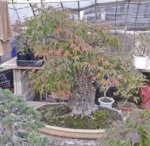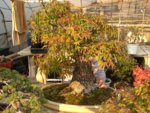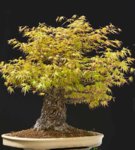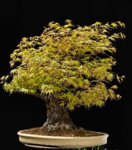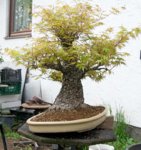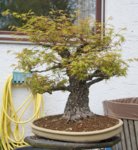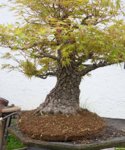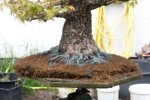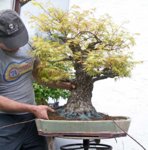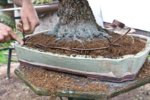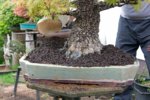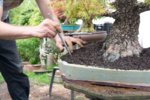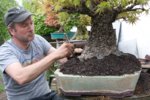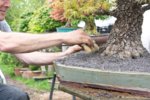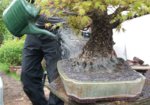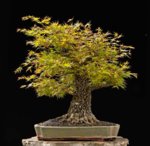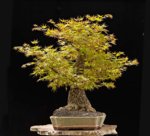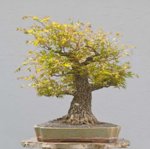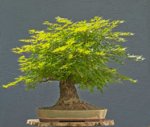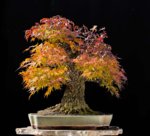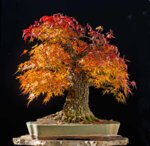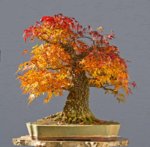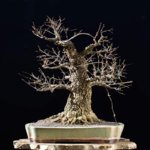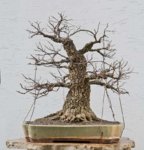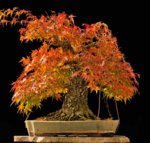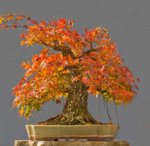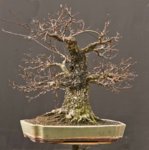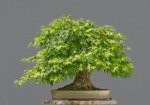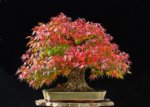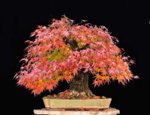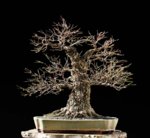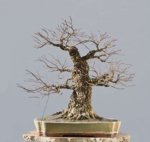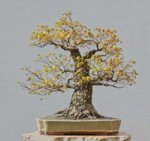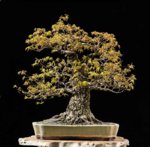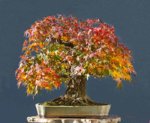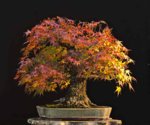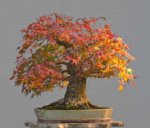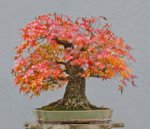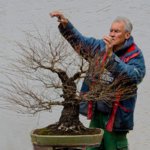You are using an out of date browser. It may not display this or other websites correctly.
You should upgrade or use an alternative browser.
You should upgrade or use an alternative browser.
Japanese Maple #18
- Thread starter Walter Pall
- Start date
Walter Pall
Masterpiece
Walter Pall
Masterpiece
Walter Pall
Masterpiece
Walter Pall
Masterpiece
Walter Pall
Masterpiece
Walter Pall
Masterpiece
Walter Pall
Masterpiece
Walter Pall
Masterpiece
Nicholas Box
Mame
What is the grey powder on the roots in the early photos? Root hormone after pruning?
cmeg1
Imperial Masterpiece
Big time wow! So cool!
Walter Pall
Masterpiece
s Box, post: 604574, member: 22557"]What is the grey powder on the roots in the early photos? Root hormone after pruning?[/QUOTE]What is the grey powder on the roots in the early photos? Root hormone after pruning?
This is not powder, it is jin seal, lime sulphur. It is applied as it would be over old deadwood, full strength. I take it as it comes in a bottle and add water 1:1. This is applied with a big painting brush.
Purpose: The great smaller outer surface roots which I discovered were all sitting under the soil line. Therefore their color was quite dark even blackish - at least very different from the rest of the nebari which was exposed to sun and rain. this will be overcome eventually by itself. But it would take ten years or more. The lime sulphur bleaches the bark of the fine roots and crates an overall patina looking feeling which is credible.
Just look at the pictures after this up to today. One can not see that the smaller roots were black when I found them.
The question is asked all over social media: Aha, understand, but I would never dare to do this because it will hurt the roots and especially the mycorrhiza.
Answer: No it will not, just look at the following pictures. It might disturb or even kill mycorrhiza, yes. Did you know that maples do not need mycorrhiza in a bonsai pot? Mycorrhiza helps wild trees which are in locations where they do not have easy access to some forms of minerals. Mycorrhiza breaks existing minerals down into forms that are acceptable to the tree. Trees in captivity are being fertilized with al this and the garden does the job of the mycorrhiza. Mycorrhiza also sometimes helps trees to stand long periods of draught. again the gardener does that job.
And then, do not underestimate the toughness of mycorrhiza. You might kill it with lime sulphur. But after a few months it's back.
Anyway, I apply it to ALL small roots of ALL of my better broadleaved trees with best results. Just look at my progressions.
Another bonsai myth debunked.
Nicholas Box
Mame
Thank you for your explanation. That makes sense.
I'm still trying to work up the courage to spray my over wintered trees with diluted lime sulfur like you've stated you do.
I'm still trying to work up the courage to spray my over wintered trees with diluted lime sulfur like you've stated you do.
Last edited:
Sifu
Yamadori
- Messages
- 58
- Reaction score
- 38
What a great maple! I didn't know that you can get such a mature looking rough bark on a Japanese maples. I always had in mind that bark on Japanese maples look smooth, more like an beech's bark but yours looks like an very old oak which is awesome. Is this some special kind of Japanese maple with rough bark? I know there are thousands of acer palmatum variations/cultivations but i have never seen the one with such a coarseness.
Edit: ok i just saw one more example: your Japanese maple # 28
Edit: ok i just saw one more example: your Japanese maple # 28
Last edited:
Walter Pall
Masterpiece
This is the variety Arakawa. It always has bark like this. it is very touchy though and sometimes looses branches without warning.
Walter Pall
Masterpiece
RobertB
Chumono
Wow, I bet that took a minute or two to defoliate.
Johnnyd
Shohin
Thanks for sharing! Love the change of leaf color against the rough bark! Inspired by your work!
jason biggs
Chumono
This tree has a spectacular base.
Paulpash
Masterpiece
I'm guessing many hours will be spent wiring next Spring! Also good to see the graft donor branch gone in the later pics.
Similar threads
- Replies
- 9
- Views
- 386
- Replies
- 3
- Views
- 254



